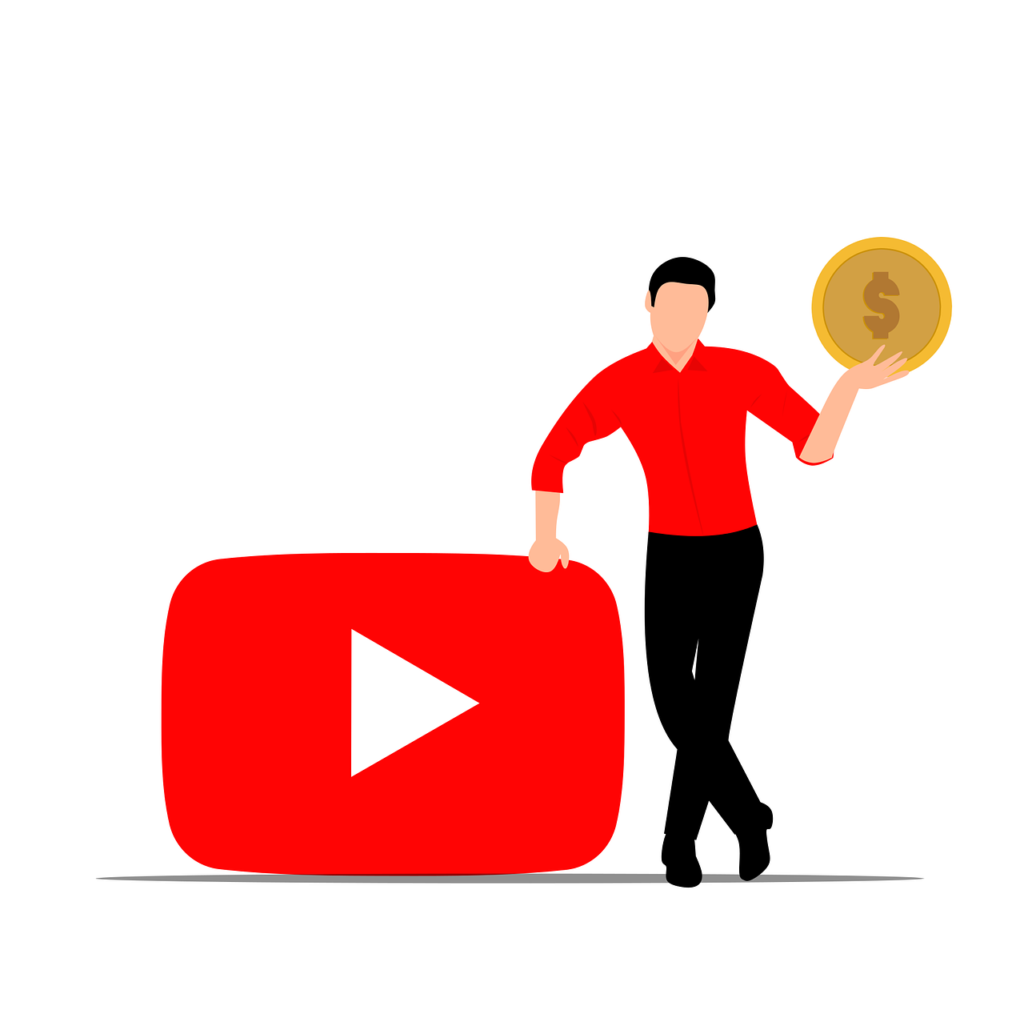What are the Common Social Media Marketing Challenges

Common Social Media Marketing Challenges can make it difficult for businesses to fully capitalize on the potential of social media platforms. From crafting engaging content to choosing the right platforms for your target audience, each step requires strategic planning and creativity. Businesses often grapple with challenges like staying consistent, managing time effectively, and keeping up […]
What are the Do’s and Dont’s of Social Media Marketing in 2025

Do’s and dont’s of social media marketing are exciting, especially for first time marketers. However, it involves more than just posting content. The ever evolving nature of social media means staying updated on strategies is essential for long term success. Whether you’re a beginner or seasoned marketer, understanding the do’s and dont’s of social media […]
Converting Followers into Loyal Customers Tips for 2025

Converting followers into loyal customers is where the real magic happens. Social media marketing is no longer about simply amassing followers. While having a large audience is important, it’s only the first step in building a thriving business. If you’re wondering how to make that leap, this guide will walk you through the strategies to […]
Why Building an Internet Business Is a Life-Changing Opportunity
Why building an internet business is an exciting but demanding endeavor. Before taking the entrepreneurial leap, it’s crucial to understand why you’re doing it. Building a business from scratch involves challenges, sacrifices, and immense responsibility, but it can also lead to unparalleled freedom, fulfillment, and success. Let’s explore the importance of your “Why” and how […]
How to use Instagram for Business Growth: A Comprehensive Guide

Introduction Instagram Business has transformed from a photo-sharing app into a powerful digital marketing platform. With its evolution, businesses have realized its potential for increasing brand visibility and engaging with their audience. If you want to grow your business using Instagram, it’s time to embrace its marketing tools and strategies. In this post, we’ll walk […]
Business Growth with Twitter: Proven Strategies for Success

Introduction Twitter isn’t just a platform for sharing thoughts in 280 characters it’s a vibrant arena where businesses Growth with Twitter can achieve remarkable success. With over 280 million monthly active users, Twitter provides an excellent opportunity to connect directly with your audience, showcase your brand’s personality, and drive engagement. Its real-time nature allows businesses […]
Developing a Winning Facebook Ads Targeting Strategy

Introduction: Facebook is not just a social network; it’s a global powerhouse with over 2.9 billion active users, making it one of the most influential platforms for businesses. With such a vast audience, Facebook Ads Targeting Strategy provides businesses with unparalleled opportunities to connect, engage, and convert potential customers. It’s not enough to simply have a […]
How to use Facebook as a Social Media Marketing Tool
Introduction If you’re looking for a way to expand your business and connect with a vast audience, Facebook marketing should be at the top of your list. With over 700 million active users and an ever growing community, Facebook offers unparalleled opportunities for businesses to thrive. Whether you’re a small business owner or managing a […]
How to Use Youtube as a Social Media Marketing Tool

YouTube has become one of the most powerful social media marketing tools available today. With over 2 billion monthly active users, it offers a massive audience for businesses to reach. By creating engaging videos, you can connect with your target audience, build brand awareness, and drive traffic to your website. In this guide, we’ll explore […]
Grow Your Business with Youtube as a Social Media Marketing Tool

YouTube as a Social Media Marketing Tool has transformed the way businesses connect with their audiences. With over two billion monthly users, YouTube offers an unparalleled opportunity to showcase products, share brand stories, and engage viewers through creative video content. Its versatile format allows businesses to create tutorials, testimonials, and live streams to enhance customer trust […]

